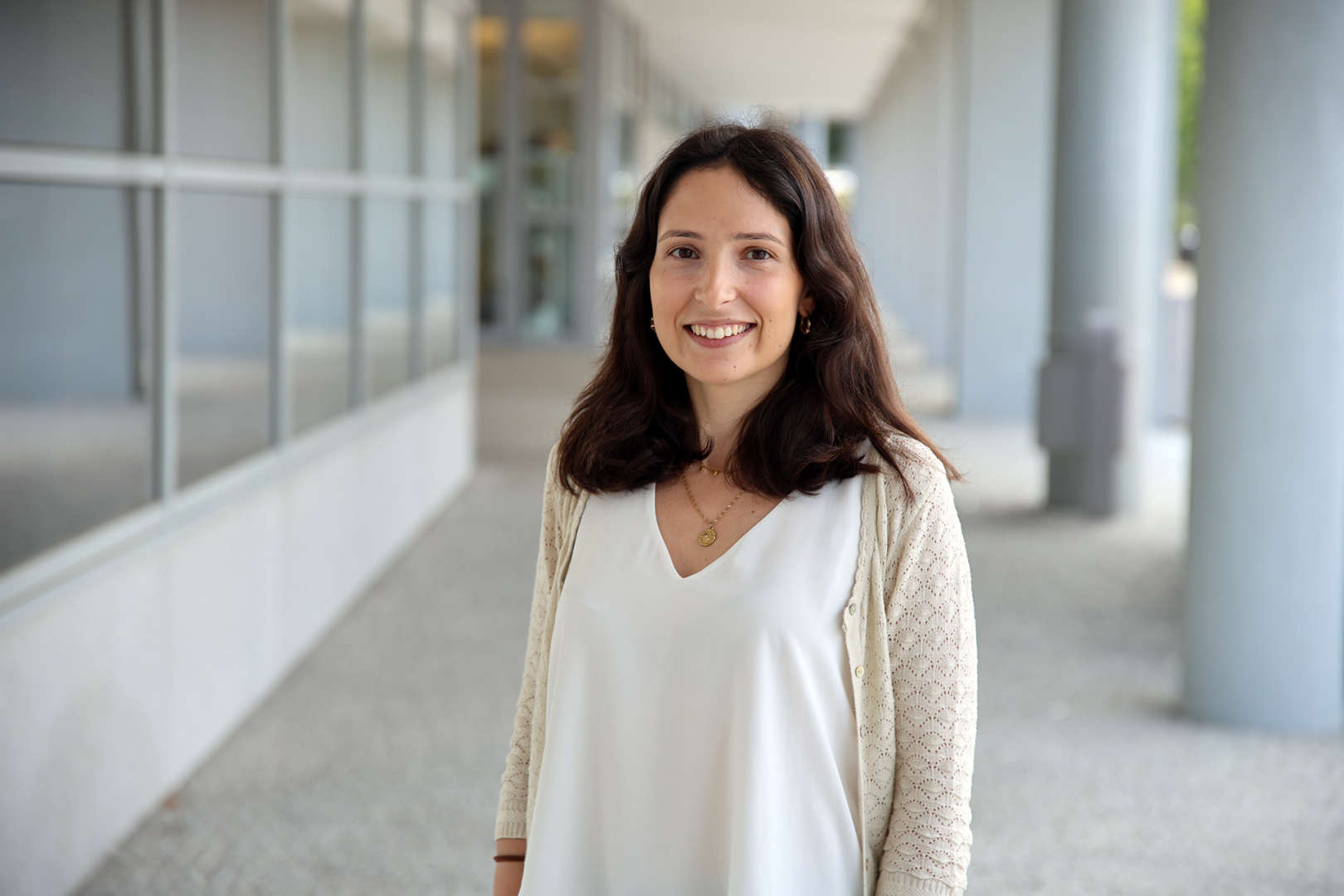About
I am an Assistant Professor at FEUP (Faculty of Engineering of the University of Porto) and a researcher at INESC TEC, and I obtained my PhD in Engineering and Industrial Management in 2018. My main field of research is Operations Research and Management Science. Within this scientific area, the application area I am studying is fleet management and pricing (and their integration) in shared mobility systems, especially in the car rental and car sharing businesses. From the techniques viewpoint, I have been focusing on optimization, mathematical programming and metaheuristics, as well as other hybrid approaches. I am generally interested in quantitative methods to support real-world decisions in a time- and cost-effective manner, with a special focus on hybridization techniques, especially those considering uncertainty issues.


